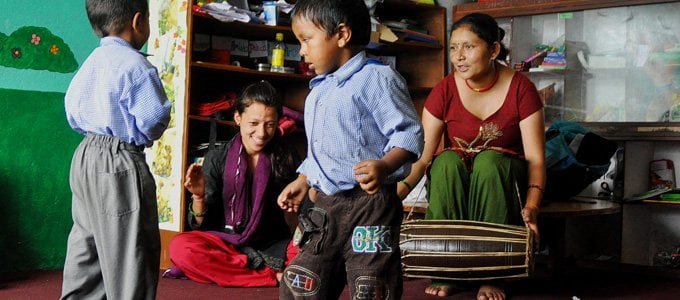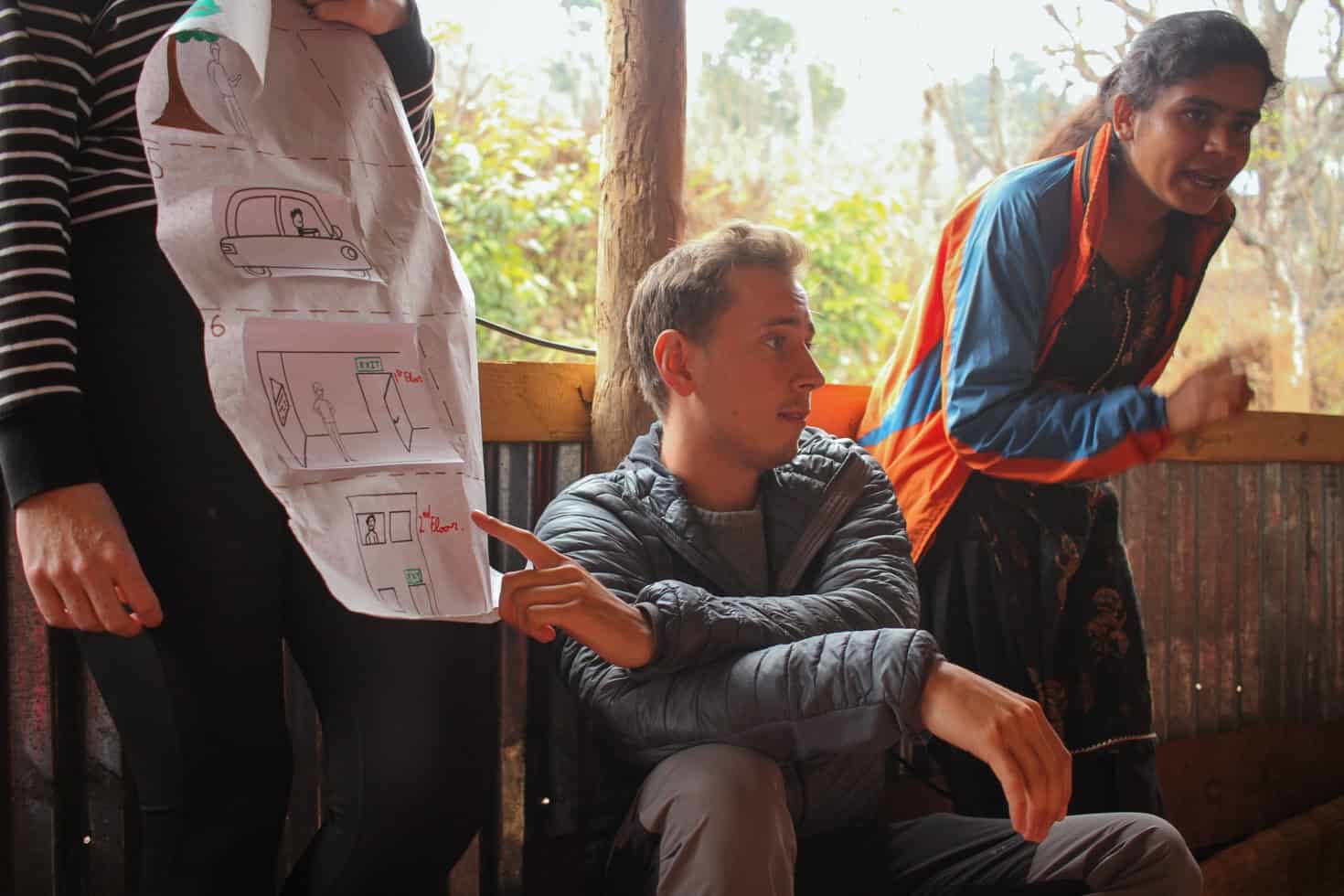Teaching English to Buddhist Monks volunteering program in Nepal

Project at a glance:
| Project | Teaching English to Buddhist Monks |
| Start Date | 1st or 15th of each month |
| Activities | Teaching English to monks in Monastery/Nunnery, |
| Working Hours | 3-5 hours/day, 5 or 6 days a week |
| Required Qualification | No any prior experience required but must be fluent in English language, your interest, flexibility and passion in sharing culture is required |
| Beneficiaries | Monks / Nuns age bet 6 to 30 |
| Food and Accommodation | Nepali standard at the Monastery/Nunnery |
More than 130,000 Tibetans live in exile in India, Nepal, and Bhutan, and nearly 20 percent of those exiled live in Nepal. Although they are now free to practice their religion and rebuild their cultural heritage, they still face many problems in Tibet’s neighboring countries, especially in Nepal. Education for Tibetan children is a high priority and the biggest challenge for them. Primary education schools—called Tibetan Children’s Villages—were established by the Tibetan community in Nepal. These schools support religious Tibetan practices and provides education schooling in Buddhist philosophies as well as a variety of other areas such as English and computer skills. The structure and subjects taught vary from monastery to monastery.
As a volunteer in Teaching English to Buddhist Monks Program, you will provide basic conversational English instruction to Tibetan and Nepali children. Volunteers also organize games, paintings, drawings, and other creative activities. As a unique facet of this placement, volunteers will witness and participate in traditional Buddhist rituals when happening in the monastery.
Teaching English to Buddhist Monks has been especially designed for volunteers interested to learn from and about Buddhist culture. Volunteers will work in six different monasteries and nunneries outskirts of Kathmandu, and other monasteries for a period of one or two months up to 5 months- the longer, the better. The duration of the involvement will be decided upon by VIN and the volunteers. You will teach English to both junior and senior monks, as well as teachers, for around two to three hours per day and 5 to 6 days a week. We do not accept volunteers less than a month.
In turn, the monks will share their philosophy and culture with the volunteers as much as their English allows them to. Volunteers have access to a small library of Dharma (religious) books and can join the monks’ practices and ceremonies. Additionally, there are many pilgrimage sites in and out of the Kathmandu valley that can be visited: Namo Buddha, Boudhanath,,Lumbini and Swayambhunath, Boudhanath, Pashupatinath, Patan Darbur Square are just a few of them.
Swayambhu Stupa lies in the East of Kathmandu and, being over 2500 years of age, is one of the most ancient Buddhist sites in the world and one of Kathmandu’s main attractions. Osel Ling Monastery is situated nearby on a hill overlooking the stupa and the entire Kathmandu valley. Volunteers will live in the monastery with the monks which give them the unique opportunity to become a real part of the close monastic community. In some monasteries, there are not enough rooms and volunteers may have to stay outside the monastery in a flat but will share the food with the monks/nuns.
Volunteers are more than welcome to pass on any of their knowledge about mathematics, the sciences, medicine, computing, etc. too. Most of the monks have solely been educated in Buddhist subjects and greatly appreciated any skills that will enable them to manage the monastery, its business and everyday life in an increasingly modernized world entirely on their own. Knowledge about the Western world, but especially the English language which continues to become more and more important in any domain, will enable the monks to impart their Buddhist expertise to Westerners. The programme’s focus is thus on the exchange of spiritual and secular knowledge from which both sides will benefit, monks as well as volunteers.
Before volunteers leave for the site, they will be given intensive Nepali language and cultural classes, as well as daily teaching orientation (TEFL). They will also be taken to the holy sites around the Kathmandu Valley. After the program orientation, the volunteers will be placed in the monastery with the monks.
Note: Monastery life is very different from what you think from thousands of miles away. The schedule is pretty flexible. They usually do not inform people in advance on what is going to happen and sometime you may know that there is no class but something about their traditional rituals! There will be many festival, rituals and visit during your stay in the monastery. You should run as they run and you sometimes should create the jobs yourself and do something creative for them. You might get frustrated if you expect the strict schedule. You should therefore be very flexible. If there is more gap due to different reasons and no work then you may go to the VIN’s main working site Jitpur (15km away from monastery) and work for children’s and women’s clubs, teachers and early childhood development classes. You might enjoy working these NEEDY groups as well.








